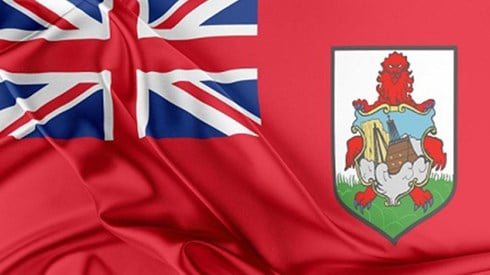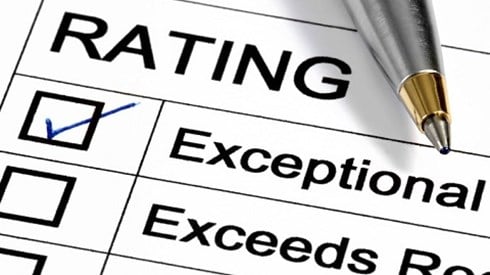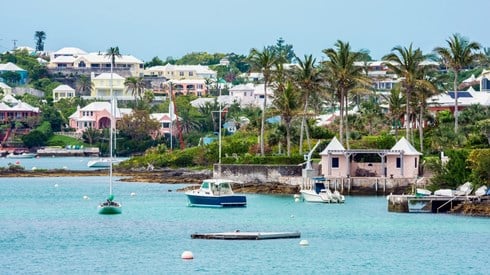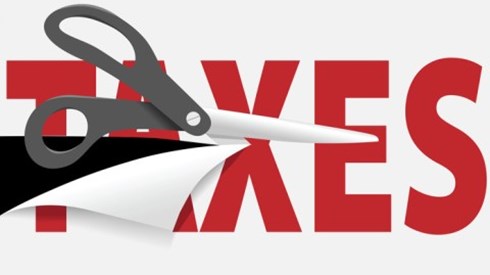Bermuda, Cayman, and Barbados Captives Outperform Commercial Market

November 19, 2018

Operating results among A.M. Best-rated captive insurance companies in Bermuda, the Cayman Islands, and Barbados (BCIB) continued to outperform the US commercial market sector in 2017, according to the latest report from the rating agency, titled Bermuda, Cayman Islands and Barbados Captives Stay the Course.
A.M. Best said it rates over 200 captive insurance companies worldwide with 32 in Bermuda, Cayman Islands, and Barbados of which 21 are single-parent captives and 11 are group captives or other captives.
The report said BCIB captives strengthened their operating performance with increased risk awareness and loss control, as well as the ability to integrate sound risk management practices.
BCIB captive insurers posted profitable financial results in 2017 that were in line with historical averages, according to the rating agency. Total assets increased by 7.7 percent, and policyholder surplus increased to almost $10.5 billion, up 11.4 percent. Additionally, this sector's total return on revenue (ROR) for 2017 was 35.3 percent, up from 27.3 percent in 2016, per the report.
While underwriting results declined, the report said they were still well above the results posted by A.M. Best's composite of US commercial casualty insurers. The captives' 5-year (2013–2017) average combined ratio exceeded that of their peers in the US commercial casualty segment—by almost 21 points.
Net premiums earned increased by 1.9 percent in 2017, and net income improved. A.M. Best noted that premium growth for captive insurers is usually a function of insured exposure growth or a captive's desire to withdraw or write additional or new risks when the opportunities arise.
The report said that of late, two particular areas of interest for captive insurance companies have been cyber liability and medical stop loss insurance. Although these present growth opportunities for captives, most of A.M. Best-rated captive insurers write either limited or no coverage for these risks.
Overall, the report said, capital levels are healthy and more than supportive of the risks underwritten. During 2013–2017, these captives added more than $2.9 billion to their capital and surplus, after providing more than $1.0 billion in dividends, which translates into $3.9 billion in savings.
A.M. Best said captive insurance companies remain the beneficiaries of very productive business models and strong loss control and risk management practices, resulting in solid underwriting profits and strong growth in surplus.
A.M. Best believes that the captive segment, in general, will continue to outperform the US commercial casualty composite by a strong margin, by managing the risks it knows better than any commercial insurer and by retaining risks within its risk tolerances.
A complimentary copy of this briefing is available on the A.M. Best website with site login registration.
Copyright © 2018 A.M. Best Company, Inc. and/or its affiliates ALL RIGHTS RESERVED
November 19, 2018










